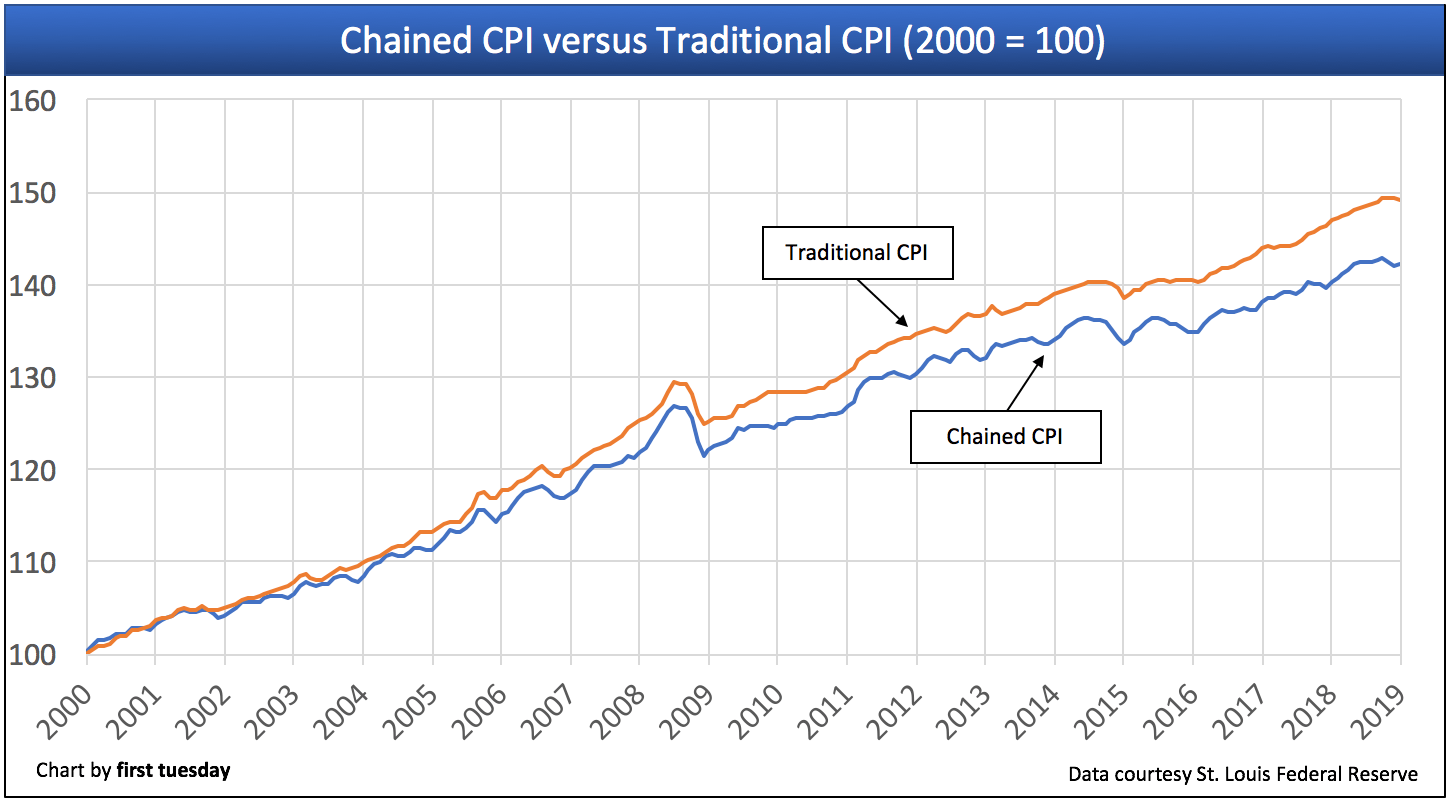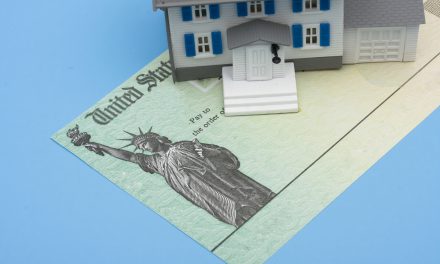While you’re busy preparing your 2017 tax returns, it’s never too early to look ahead to next year.
The Republican Tax Plan made numerous changes to how you will report, deduct and pay taxes beginning next year for income earned in 2018. One of the changes made impacts everyone: new tax brackets.
Compared to what you paid in 2017, the new tax brackets for income earned in 2018 are:
Source: Tax Policy Center
To summarize, the lowest income earners will be taxed the same in 2018, at 10%. Middle- and high-income earners will receive a slightly lower tax rate than in previous years.
But there’s more to these tax brackets than meets the eye — and the trick here is how inflation is figured into tax bracket changes in future years.
Inflation changes are most important
The Internal Revenue Service (IRS) will now measure inflation differently when making adjustments to these brackets in the coming years. This will essentially equal a tax increase over time, as peoples’ incomes will increase more quickly than the consumer price index (CPI) measure included up through tax year 2017.
How does that work?
Taxpayers will suffer what is termed bracket creep, when they move up into a higher tax bracket despite no real increase in income. True, their income may have increased from the previous year, but not enough to actually up their purchasing power since inflation exceeded their income increase.
The CPI measure to be used in 2018 is called chained CPI. The difference between the new measure and the way inflation was previously measured is primarily that the new measure accounts for consumer substitution patterns.
Consider the example used by the Bureau of Labor Statistics (BLS), which publishes the chained CPI figure. When the price of beef rises, the traditional form of CPI would use this higher price of beef to increase the CPI measure directly. But the chained CPI figure accounts for consumers who might actually substitute another meat which hasn’t experienced a price increase, say, pork.
The argument for using the chained CPI is that it’s a more accurate representation of inflation. But the overall effect is for chained CPI to rise more slowly than the traditional CPI measure.
This impacts tax brackets because the brackets will also rise more slowly, meaning when household income rises in the future, people will be shifted into higher tax brackets more quickly than they would have under the old measure when inflation elevated these brackets in step with incomes.
For a historical example, see how chained CPI has moved more slowly than the traditional CPI measure in the past:

The Tax Policy Center estimates the new CPI measure will equal an additional $125 billion in tax revenue by the year 2027, paid mostly by middle-income earners. This increase will be small at first, but add up to more money paid each year by taxpayers who are bumped into higher tax brackets.
Related article:
















Single payers get screwed in the mid-brackets because they lowered the level at which the higher bracket applies while raising that limit for joint filers. Then at the top brackets the single vs joint levels almost even out but with a lower rate- the biggest cut- for filers over $600K dropping by 2.6% plus a 20% tax exemption off net property income. So much for honesty and integrity in office. For example: if Trump gets $25M net rental income he only declares $20M. Instead of paying 39.6% on $25M (the extra 2.9% amount that helps support health insurance for lower income people), he pays 37% on $20M. That’s $2.35M less tax. Meanwhile, if you make $195K your taxes go up from 28% to 32%. Add to this the fact that a person can only spend so much, and the lowered spending power hurts the economy while the extra money to the rich just insulates them further from the future interest rate increases as the huge deficits kick in and put pressure on the bond market. Only true idealogues who irrationally support anything proposed by those to whom they have pledged blind faith could ignore these factual inequities. Leaving the top brackets alone and not giving the 20% cut for the property income and lowering taxes the most at the lower levels and less at the higher ranges, would have kept the economy on its healthy path instead of what is sure to be a much shorter continuation of growth before it is choked off by deficits, inflation, and wealth disparity.
Almost everyone pays less taxes. Great to see. Let’s hope it strengthens the economy.
Lets hope; although history has shown time and time that tax cuts do not equal better economy for ALL. My concern is paying less in taxes means funds coming in to pay nation bills will be less and the nation spending is going to remain the same or increase plus adding the tax break cost and that do not equal to good outcome. Anyone with common sense at their own personal budget would never borrow/get into debt more while cutting the income coming in to pay that. One who does that go straight into BK.